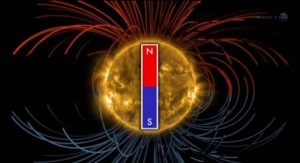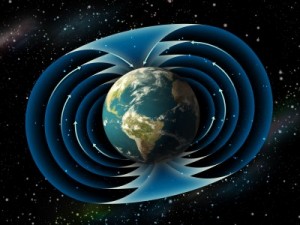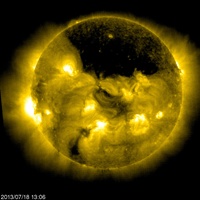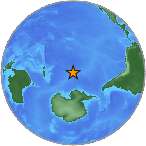
5.7 magnitude quake at South Pole – USGS
A shift at the South Pole started a chain reaction of large quakes this week, August 12, 2013.
Chain Of Quakes
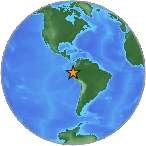
6.1 magnitude quake off Peru – USGS
6.0 Saumlaki, Indonesia
6.0 L’Esperance Rock, New Zealand
6.1 Paita, Peru
5.7 Pacific-Antarctic Ridge
6.6 Mutis, Colombia (South of Panama)
5.3 Xochistlahuaca, Mexico
5.1 Sardinal, Costa Rica
5.0 Little Sitkin Island, Alaska (Rat Islands)
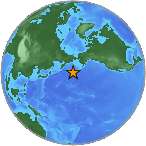
5.0 magnitude quake off the Rat Islands, Alaska – USGS
5.0 Kepulauan Mentawai, Indonesia
Volcanoes
These quakes are occurring along active volcanic zones, so as the Earth continues to shake, watch for an increase in volcanic eruptions in these areas.
